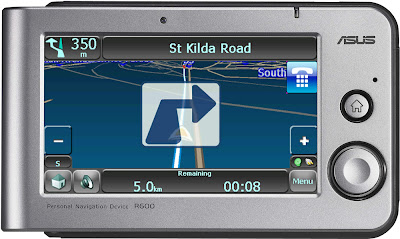
1. What is GPS?
GPS is an abbreviation from English name Global Positioning System. Basic co-operating elements GPS is 24 space companions NavStar (are started and belong to the USA) and millions receivers on a surface of the Earth.The system so works: the receiver catches a signal from 3 and more companions, measures time of a delay of passage of a signal from each of them and automatically counts the site — geographical co-ordinates: width, a longitude, and also height above sea level. These data the device processor correlates to a navigation chart loaded into memory of the device. Thanks to it the user sees the map image on which "point" is shown and moves on the display is he with the GPS-receiver.
2. What represent GPS-receivers what they happen?
It is group of electronic devices which are united only by one — presence of the special module for reception of a signal from companions. In a technical characteristics way GPS-devices can be very different. Depending on mission, GPS-navigators happen automobile, sea, aviation, portable tourist, professional geodetic. But, first of all, GPS-navigators are intended for informing of the motorist concerning a site on a district map, the such original Car Tips.Exist also so-called. GPS-modules — the devices containing only the receiver, connected to the laptop or a handheld computer. Often GPS the module already regularly at factory is built in multimedia system of the car. Also it is necessary to mention electronics with the built in GPS-receiver: a handheld computer, laptops, cellular telephones, portable radio sets.
3. What accuracy of GPS-navigation?
The navigator as the manufacturer declares, defines a site to within 3-5 m. However very many here depends on number of companions which "see" the device and, besides, from navigation charts. The matter is that for civil use navigation charts in scale not more largely than 1:1000 are resolved...However, such scale and accuracy of navigation are quite comprehensible to automobile travel, after all by the car go for many hundreds kilometres.
4. What price of GPS-navigators?
From $300 to 700. The price of the navigator influences, first of all - functionality. It is a memory size on which the number of loaded navigation charts depends, the power of the processor which is responsible for speed and support 3D, presence of the touch screen, support of vocal helps. Besides it, the price depends on the manufacturer: so, the Taiwan navigators are much cheaper (from $50-100) Japanese.5. Where to take electronic navigation charts for information loading?
Practically always they are on sale in the same place, where also navigators. The Internet can be an additional source of acquisition.